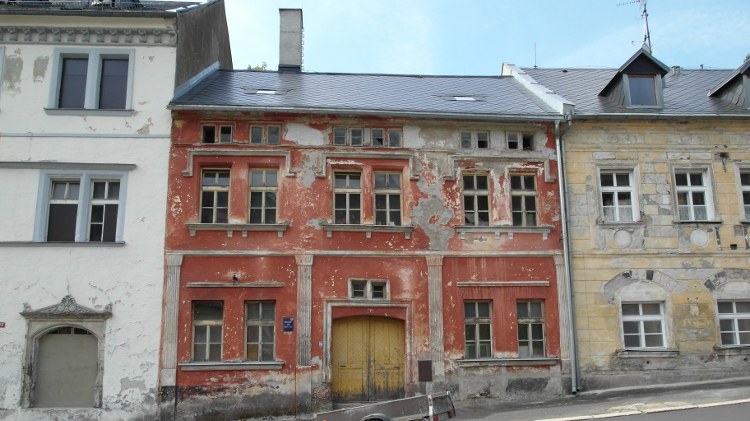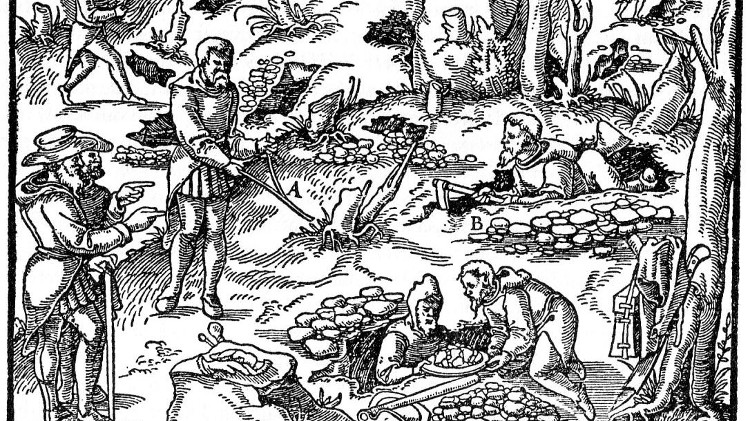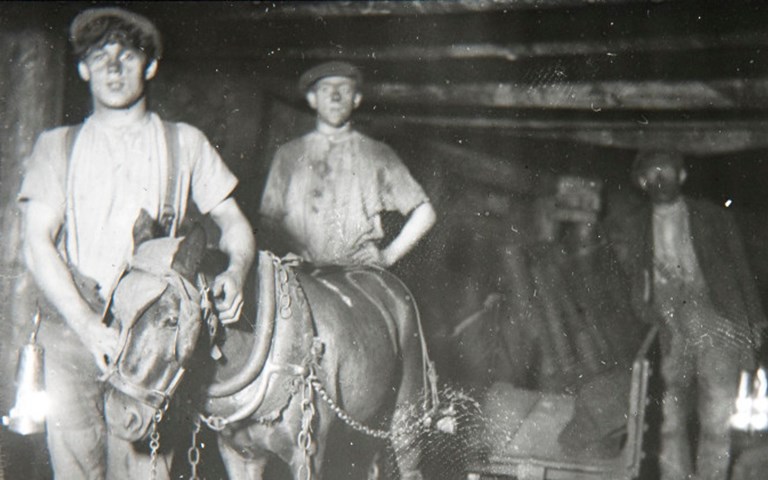British coal miners with Little Tick, a favourite pit pony, in 1913. The National Archives image library
For much of the 19th and 20th centuries, pit ponies worked underground, hauling ore in coal mines throughout Great Britain and Eastern Canada. Small enough to walk the narrow passageways but strong enough to haul tubs of coal, the diminutive horses – no more than 1.4 metres tall, from hoof to the top of their shoulder blades – worked long hours, living the bulk of their lives in darkness. In the mid-1800s, pit ponies were a more humane alternative to existing practices and proved to be a useful innovation, nearly outlasting the dot-com bubble of the 1990s.
In the early 1800s, child labour was common in coal mines across Britain. Due to their size, children could navigate a mine’s tight passages, and relaxed labour laws meant they could be worked for long hours in punishing conditions. Many children employed in coal mines worked as “hurriers.” They would be harnessed to a tub of coal that they had to pull through tiny passageways, sometimes less than a metre high. Others were “thrusters,” tasked with pushing ore cars from behind. In 1838, 26 children were killed in a well-publicized incident at a mine near Barnsley, instigating Queen Victoria to request a public inquiry on working conditions for children in the mines. After a Royal Commission reported on the matter, the Parliament of the United Kingdom passed the Mines and Collieries Act of 1842, which prohibited boys under 10 years and all females from working in the mines. Pit ponies had played a role in mining prior to 1842, but the new law made the small-statured horses necessary as replacements for the small-statured hurriers and thrusters.
Over the next century, ponies and horses became an integral part of coal mining, with some estimates pegging the number of pit ponies in British mines in 1913 at 70,000. In Cape Breton, many of the “ponies” were actually small feral horses captured from Sable Island. Generally, any horse that had yet to be tamed was broken above ground before being taken below the surface, where it would spend most of its life in darkness. The horses were stabled underground and often allowed only a few hours of rest a day. A dedicated staff of stablehands tended to the horses while they ate and rested, but during the workday, they would be put to work around the mine by “drivers,” who were entrusted with the horses’ safety and productivity as they transported coal.
Working conditions were harsh. In Britain, the National Equine Defence League was formed in 1909 to advocate for the welfare of pit ponies and other working horses. In 1910, a member of the defence league wrote to Humanitarian magazine, explaining that the average pit pony was destined to “work forever in unchanging darkness, scarred with unhealed, unhealing and putrescent wounds; maimed in limbs to be energized only by torture; blind, by malice or accident; unfed, ill-fed and worked until they succumbed in utter exhaustion, or drop dead in their harness!”
Eventually, the lives of the horses got better. By the 1940s, they were given short “vacations” above ground. The horses had to have their eyes covered before they were brought to the surface, since seeing the sunlight after so much darkness could send them into a frenzy.
The end of the use of pit ponies came about as much because of the mechanization of mining processes as for the well-being of the animals. The horses were replaced with hoisting engines that pulled cars full of ore from the mine face to the surface on a rope-managed conveyer system. By the early 1960s, the last of the pit ponies in Cape Breton were retired, but in Britain, the horses were used for much longer; the last two pit ponies were not retired until 1999, from the Pant y Gasseg mine in Wales. Tony, the last living pit pony in Britain, died in 2011 at the age of 40, after spending its remaining years in an animal shelter.
People who worked in the mines and especially those employed in the underground stables often reported strong bonds to the horses, and these animals have been honoured in many ways. Welsh artist Mick Petts created a 200-metre figurative earth sculpture of a pit pony in Wales. The sculpture is so large that it can easily be viewed on Google Earth. As for the pit ponies of Cape Breton, their legacy was enshrined with Pit Pony by Joyce Barkhouse, an award-winning children’s novel about the bond between a Sable Island horse and an 11-year-old boy working in the mines. The novel was adapted into a television series by the CBC in the late-1990s.
Prince mine, the last colliery in Cape Breton, shut its doors in 2001, but Cape Breton’s Miners Museum in Glace Bay honours its long mining history. The museum sits on top of Ocean Deeps Colliery, a replica mine, and visitors can still experience the darkness and claustrophobia of the life of a 1930s’ miner, replete with the neighs and whinnies of an animatronic horse kept in an underground stable.




